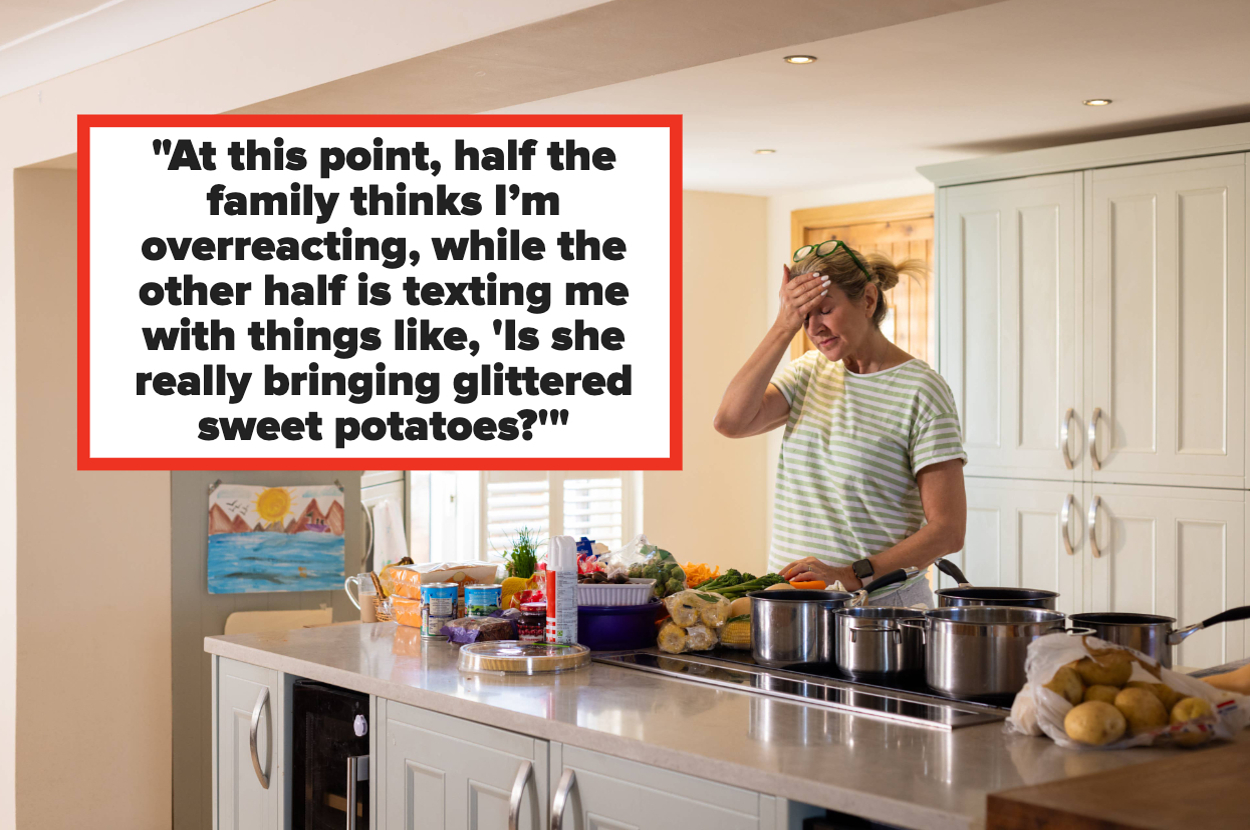Let's get this out of the way first: There are two wrong ways to clean a wooden cutting board. One is to put it in the dishwasher. The other is to leave it to soak in the kitchen sink.
Both are wrong for the same reason: Excess exposure to water could warp or crack your board, which is otherwise a wonderful, resilient tool to have in the kitchen. Compared to other materials like plastic, wooden boards keep knives sharper longer. They certainly look nicer, and .
And there's even some evidence that wood is less hospitable to bacteria than plastic — in other words, better at preventing food-borne illness. More good news: Aside from making sure it doesn't spend too much time in the water, you can clean a wooden cutting board pretty much like you'd clean anything else — in the kitchen sink, with warm soapy water and a regular old kitchen sponge (use a plastic scraper or metal spatula to remove any stubborn bits sticking to it). Clean it on both sides, even if you've used just one.
Then wipe off the moisture with a towel and let the board air-dry completely before storing it. Still, there are a few best practices to keep in mind for the safe, long-term use of a wooden cutting board. You'll want to sanitize it from time to time, as well as oil it to keep it well-seasoned.
Here's what you need to know. What to know about owning a wooden cutting board In general, wooden cutting boards are friendlier to knives than plastic, glass, or ceramic — they're softer, so they damage blade.


















